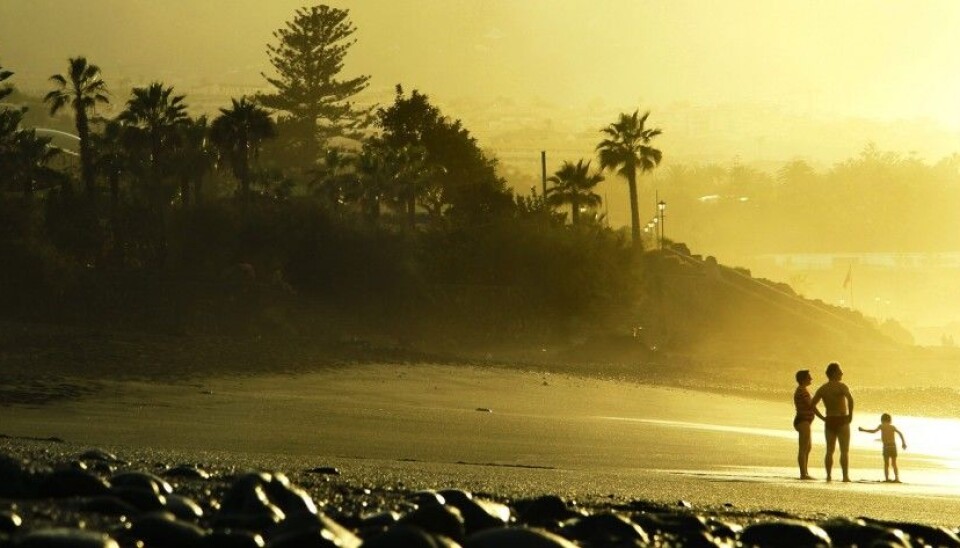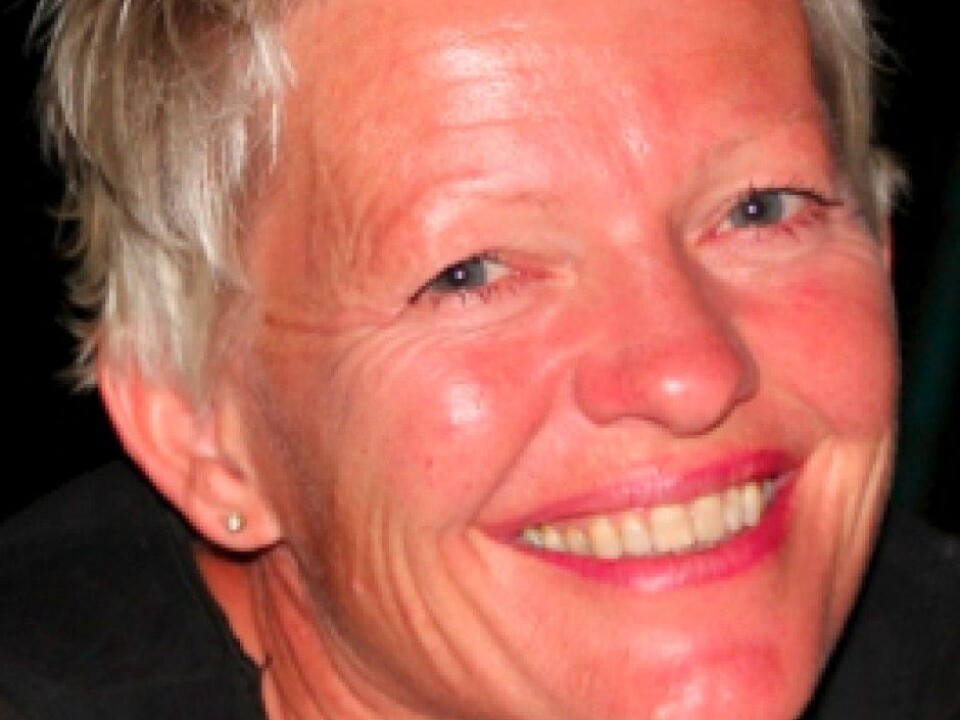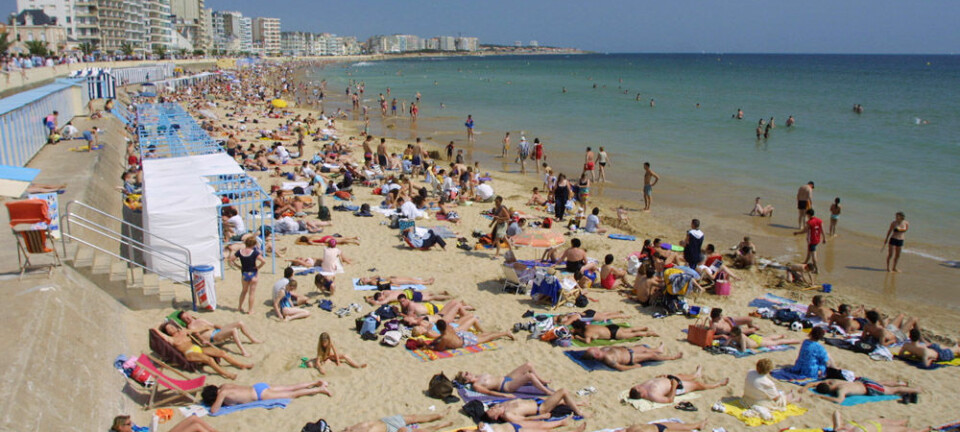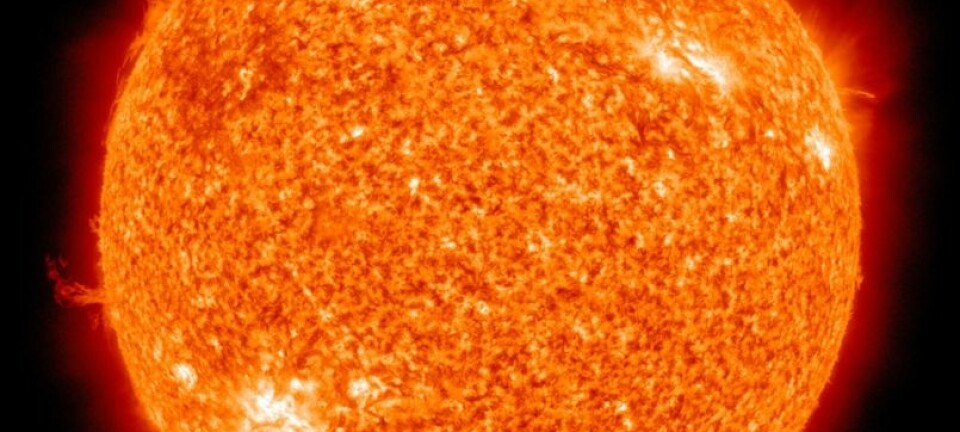An article from Norwegian SciTech News at NTNU

More sun means fewer children and grandchildren
A new study shows that periods of high UV radiation can affect a population over several generations.
Denne artikkelen er over ti år gammel og kan inneholde utdatert informasjon.
How old were women when they had their first child, and their last? How many years passed between the birth of each child, and how many of these children survived? How many of these children were in turn married and had children?
To find answers to these questions, Gine Roll Skjærvø has studied church records from the period 1750-1900 and looked at life history variables.
All told, she studied information from more than 9,000 people listed in the church records she examined.
Part of this information was compared with environmental factors, including solar activity.

Skjærvø and her colleagues at NTNU found that children born in the years with lots of solar activity had a higher probability of dying compared to children who were born in the years with less solar activity.
An 11-year cycle
On average, the lifespan of children born in years that had a great deal of solar activity was 5.2 years shorter than other children. The largest difference was in the probability of dying during the first two years of life.
Children who were born in years with lots of sunshine and who survived were also more likely to have fewer children, who in turn gave birth to fewer children than others. This finding shows that increased UV radiation during years of high solar activity had an effect across generations.
Skjærvø used information on the number of sunspots as an indication of the amount of UV radiation in a given year. The number of sunspots reaches a maximum every 11 years on average, which results in more UV radiation on Earth during years with high sunspot and solar activity.
UV radiation can have positive effects on human vitamin D levels, but it can also result in a reduction of vitamin B9 (folate). It is known that low folate levels during pregnancy are linked to higher child mortality.
Low-status women most affected
The NTNU study showed that families from the lowest socio-economic groups were most affected by UV radiation.
This is probably related to the time period Skjærvø studied, which was a time of clear class distinctions in Norway, especially in rural areas. Women who worked in the fields were more exposed to the sun than other women. In many cases they also had a poorer diet.
Both climate change and variability in the ozone layer are expected to increase the amount of UV radiation reaching the Earth in the future. At the same time, there have been many societal changes since the 1900s.
Nevertheless the NTNU researchers felt it prudent to caution women who want to have children.
“There are probably many factors that come into play, but we have measured a long-term effect over generations. The conclusion of our study is that you should not sunbathe if you are pregnant and want to have a lot of grandchildren,” says Skjærvø.
Scientists are particularly concerned about people with light skin who move to warmer climates with lots of sun.
----------------------
Read the Norwegian version of this article at forskning.no


































